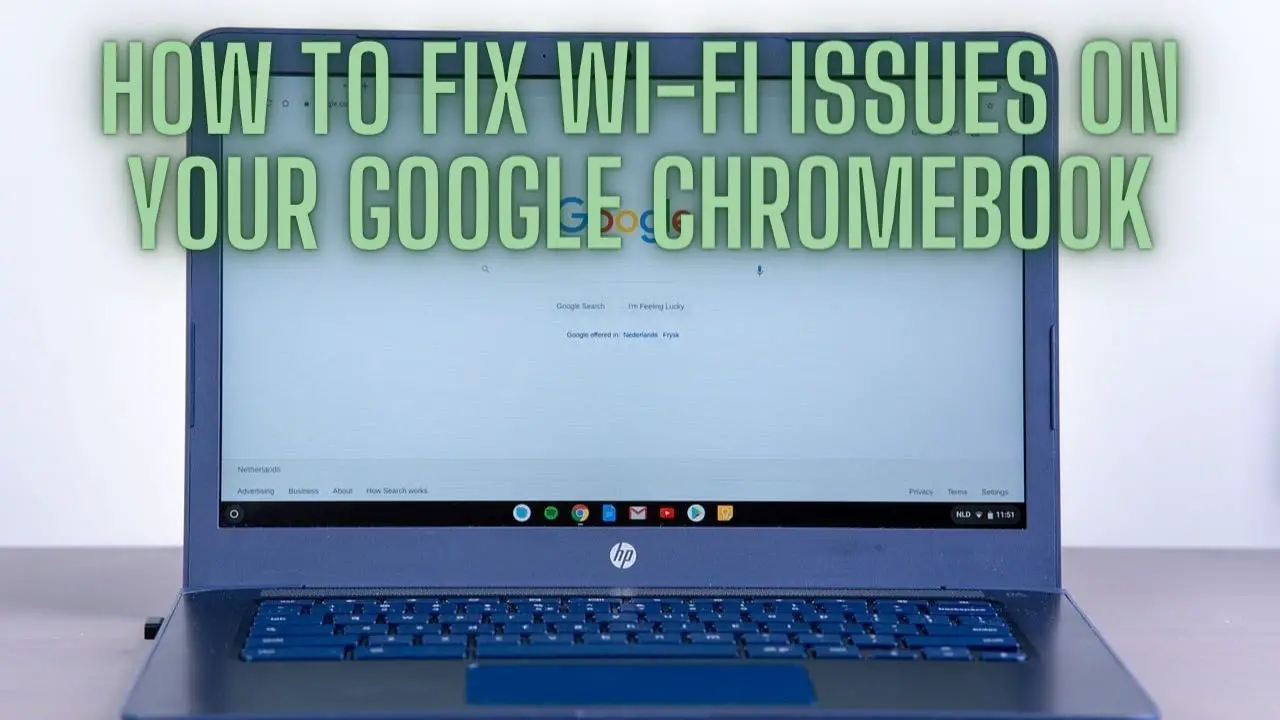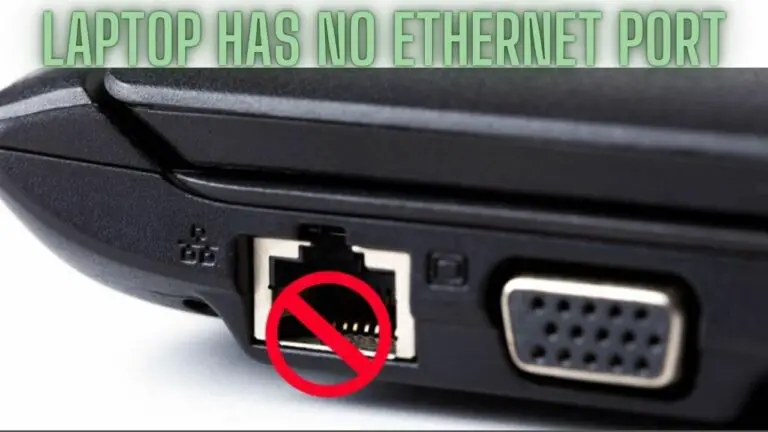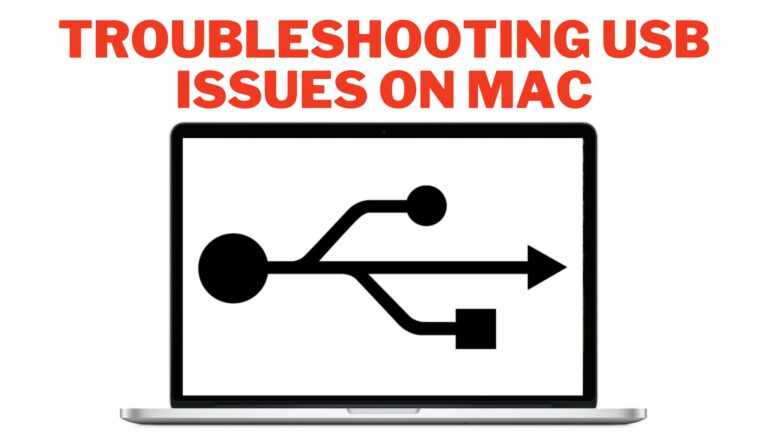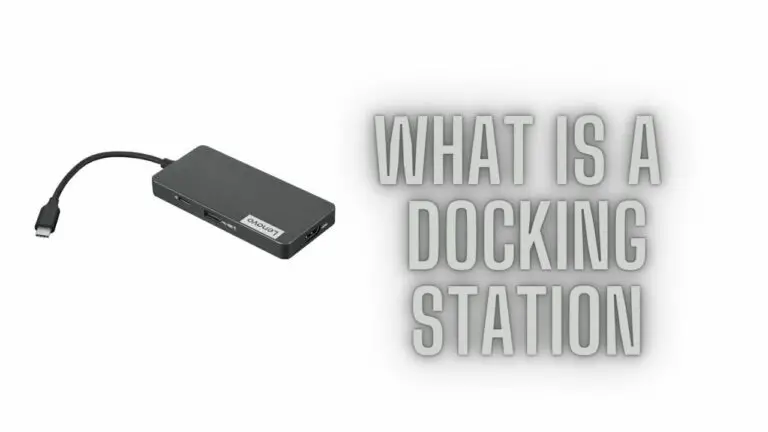How to Fix Wi-Fi Issues on Your Google Chromebook
Introduction
Wi-Fi connectivity is essential for a seamless browsing experience on your Google Chromebook. However, if you’re experiencing Wi-Fi issues such as dropped connections, slow speeds, or difficulty connecting to networks, it can be frustrating. This guide will provide you with troubleshooting steps to help you resolve Wi-Fi issues on your Chromebook and get back online quickly and efficiently. Whether you’re at home, in the office, or on the go, these tips will help you troubleshoot and fix common Wi-Fi problems on your Chromebook.
Restart Your Chromebook
One of the simplest yet effective solutions to resolve Wi-Fi issues on your Google Chromebook is to restart the device. Restarting your Chromebook can help refresh its system processes, clear temporary glitches, and reestablish connections with Wi-Fi networks.
Here’s how to restart your Chromebook:
- Click on the system tray located in the bottom-right corner of the screen (next to the clock).
- Click on the profile picture or your account name.
- Select “Sign out” from the dropdown menu.
- Once signed out, press and hold the power button on your Chromebook until the device powers off completely.
- Wait for a few seconds, then press the power button again to turn on your Chromebook.
- Once the Chromebook restarts, try reconnecting to your Wi-Fi network to see if the issue is resolved.
Restarting your Chromebook can often fix temporary glitches and connectivity issues, allowing you to regain access to Wi-Fi networks without further troubleshooting. If the problem persists after restarting, proceed to the next troubleshooting steps to further diagnose and resolve the issue.
Check Wi-Fi Network Settings
If you’re experiencing Wi-Fi issues on your Google Chromebook, it’s essential to ensure that your Wi-Fi network settings are configured correctly. Sometimes, misconfigured network settings can prevent your Chromebook from connecting to Wi-Fi networks or cause intermittent connectivity issues. Here’s how to check and adjust your Wi-Fi network settings on a Chromebook:
- Open Settings:
- Click on the system tray located in the bottom-right corner of the screen (next to the clock).
- Click on the gear icon to open “Settings.”
- Navigate to Wi-Fi Settings:
- In the “Settings” menu, locate and click on “Wi-Fi” in the left-hand menu.
- Check Wi-Fi Connection Status:
- Under the “Wi-Fi” section, ensure that the Wi-Fi switch is toggled on. If it’s off, toggle it on to enable Wi-Fi connectivity.
- Select Wi-Fi Network:
- If your Chromebook detects available Wi-Fi networks, they will appear in the list under the “Wi-Fi” section.
- Click on the Wi-Fi network you want to connect to. If the network requires a password, enter it when prompted.
- Advanced Wi-Fi Settings (Optional):
- If you’re experiencing specific Wi-Fi issues or need to adjust advanced settings, click on the “Network” dropdown menu below the Wi-Fi network list.
- Here, you can access additional options such as IP settings, proxy settings, and network preferences.
- Check Signal Strength:
- Pay attention to the signal strength indicator next to the Wi-Fi network name. A stronger signal indicates better connectivity.
- If the signal strength is weak, consider moving closer to the Wi-Fi router or accessing the network from a different location.
- Forget Wi-Fi Network (Optional):
- If you’re having trouble connecting to a particular Wi-Fi network, you can choose to forget it and reconnect from scratch.
- Click on the three dots (ellipsis) next to the Wi-Fi network name and select “Forget.”
- Reconnect to Wi-Fi Network:
- After verifying and adjusting your Wi-Fi network settings, attempt to reconnect to the desired Wi-Fi network by clicking on its name and entering the password if required.
By checking and adjusting your Wi-Fi network settings on your Google Chromebook, you can ensure that your device is properly configured to connect to available Wi-Fi networks and troubleshoot any connectivity issues that may arise. If the problem persists after adjusting the settings, proceed to the next troubleshooting steps to further diagnose and resolve the issue.
Forget and Reconnect to Wi-Fi Network
Forgetting and reconnecting to a Wi-Fi network on your Google Chromebook can sometimes resolve connectivity issues and establish a fresh connection. Here’s how to forget and reconnect to a Wi-Fi network:
- Open Settings:
- Click on the system tray located in the bottom-right corner of the screen (next to the clock).
- Click on the gear icon to open “Settings.”
- Navigate to Wi-Fi Settings:
- In the “Settings” menu, locate and click on “Wi-Fi” in the left-hand menu.
- View Available Networks:
- Under the “Wi-Fi” section, you’ll see a list of available Wi-Fi networks. Identify the network you want to forget and reconnect to.
- Forget Wi-Fi Network:
- Click on the three dots (ellipsis) next to the Wi-Fi network name.
- Select “Forget” from the dropdown menu.
- Confirm Forgetting Network:
- A confirmation dialog box may appear asking if you want to forget the network. Click “Forget” to confirm.
- Reconnect to Wi-Fi Network:
- Once you’ve forgotten the Wi-Fi network, return to the list of available networks by clicking on the Wi-Fi icon in the system tray.
- Locate the Wi-Fi network you want to reconnect to and click on its name.
- If the network is secured, you’ll be prompted to enter the password. Enter the password and click “Connect.”
- Connection Status:
- After entering the correct password, your Chromebook will attempt to reconnect to the Wi-Fi network. You’ll see a status message indicating whether the connection was successful.
- Verify Connection:
- Once connected, verify that your Chromebook has successfully reconnected to the Wi-Fi network by checking the network icon in the system tray. You should also try accessing the internet to ensure connectivity.
By forgetting and reconnecting to a Wi-Fi network on your Google Chromebook, you can troubleshoot connectivity issues and establish a fresh connection, which may resolve any underlying issues with the previous connection. If the problem persists, consider restarting your Chromebook or contacting your network administrator for further assistance.
Update Chrome OS
Updating Chrome OS to the latest version can often resolve Wi-Fi issues and improve overall system stability and performance. Here’s how to update Chrome OS on your Google Chromebook:
- Open Settings:
- Click on the system tray located in the bottom-right corner of the screen (next to the clock).
- Click on the gear icon to open “Settings.”
- Navigate to About Chrome OS:
- In the “Settings” menu, scroll down and click on “About Chrome OS” at the bottom of the left-hand menu.
- Check for Updates:
- In the “About Chrome OS” section, you’ll see information about the current version of Chrome OS installed on your Chromebook.
- Click on the “Check for updates” button to see if any updates are available.
- Download and Install Updates:
- If updates are available, Chrome OS will automatically download and install them. This process may take some time, depending on the size of the updates and your internet connection speed.
- Your Chromebook may need to restart to complete the update installation process. If prompted, click on the “Restart” button to restart your Chromebook.
- Verify Update Installation:
- After restarting your Chromebook, go back to the “About Chrome OS” section in Settings to verify that the updates have been successfully installed.
- The “Version” information should reflect the latest version of Chrome OS.
- Check Wi-Fi Connectivity:
- Once Chrome OS is updated, check if the Wi-Fi connectivity issues have been resolved. Attempt to connect to your Wi-Fi network and verify that you can access the internet without any issues.
- Additional Troubleshooting (if needed):
- If you’re still experiencing Wi-Fi problems after updating Chrome OS, you may need to try other troubleshooting steps, such as restarting your Chromebook, resetting network settings, or contacting Chromebook support for further assistance.
By keeping Chrome OS up to date, you ensure that your Chromebook has the latest features, security patches, and performance improvements, which can help address Wi-Fi issues and enhance overall user experience.
Reset Network Settings
Resetting network settings on your Google Chromebook can help resolve Wi-Fi issues by clearing any misconfigured settings or network-related glitches. Here’s how to reset network settings on your Chromebook:
- Open Settings:
- Click on the system tray located in the bottom-right corner of the screen (next to the clock).
- Click on the gear icon to open “Settings.”
- Navigate to Network Settings:
- In the “Settings” menu, scroll down and click on “Network” in the left-hand menu.
- Reset Network Settings:
- Under the “Network” section, locate the option to reset network settings. The exact wording may vary depending on your Chromebook model and Chrome OS version.
- Click on the option to reset network settings. You may need to enter your Chromebook’s password or provide confirmation to proceed with the reset.
- Confirm Reset:
- A confirmation dialog box may appear, informing you that resetting network settings will remove all saved Wi-Fi networks, VPN configurations, and other network-related settings.
- Read the information carefully, and if you’re sure you want to proceed, click on the “Reset” or “Confirm” button to initiate the reset process.
- Restart Your Chromebook (if prompted):
- After resetting network settings, your Chromebook may prompt you to restart the device to apply the changes.
- If prompted, click on the “Restart” button to restart your Chromebook.
- Reconnect to Wi-Fi Network:
- Once your Chromebook restarts, go back to the Wi-Fi settings and reconnect to your Wi-Fi network.
- Enter the Wi-Fi network password if required and verify that your Chromebook successfully connects to the network.
- Check Wi-Fi Connectivity:
- After reconnecting to the Wi-Fi network, test the connectivity by accessing the internet and performing tasks that require internet access.
- Verify that the Wi-Fi issues have been resolved and that your Chromebook maintains a stable connection to the network.
Resetting network settings on your Chromebook can help troubleshoot and resolve Wi-Fi issues caused by misconfigured settings or network-related glitches. If the problem persists after resetting network settings, consider contacting Chromebook support for further assistance.
Powerwash Your Chromebook
Powerwashing your Chromebook can resolve various system and network-related issues, including Wi-Fi connectivity problems. This process restores your Chromebook to its factory settings, removing all user data and settings. Here’s how to powerwash your Chromebook:
- Back Up Important Data (if needed):
- Before performing a powerwash, ensure that you’ve backed up any important files or data stored on your Chromebook. Powerwashing will erase all local data, including downloads, files, and settings.
- Open Settings:
- Click on the system tray located in the bottom-right corner of the screen (next to the clock).
- Click on the gear icon to open “Settings.”
- Navigate to Advanced Settings:
- In the “Settings” menu, scroll down and click on “Advanced” at the bottom of the left-hand menu.
- Access Reset Options:
- Under the “Advanced” section, locate and click on “Reset settings” or “Reset settings and Powerwash” (the wording may vary depending on your Chromebook model and Chrome OS version).
- Initiate Powerwash:
- A dialog box will appear, explaining what will happen when you perform a Powerwash. This includes resetting your Chromebook to factory settings and deleting all user data.
- Click on the “Powerwash” or “Reset” button to confirm and proceed with the Powerwash process.
- Confirm Powerwash:
- Another dialog box will appear, asking you to confirm that you want to erase all user data and reset your Chromebook. Read the information carefully.
- If you’re sure you want to continue, click on the “Restart” or “Powerwash” button to initiate the process.
- Follow On-Screen Instructions:
- Your Chromebook will restart and begin the Powerwash process. Follow the on-screen instructions to complete the Powerwash.
- This process may take several minutes to complete. Your Chromebook will restart once the Powerwash is finished.
- Set Up Your Chromebook:
- After the Powerwash is complete, your Chromebook will restart and prompt you to set it up as a new device.
- Follow the on-screen instructions to configure your Chromebook, including connecting to a Wi-Fi network and signing in with your Google account.
- Reconnect to Wi-Fi Network:
- Once your Chromebook is set up, reconnect to your Wi-Fi network by clicking on the network icon in the system tray and selecting your Wi-Fi network from the list.
- Verify Wi-Fi Connectivity:
- After reconnecting to Wi-Fi, verify that your Chromebook successfully connects to the network and that you can access the internet without any issues.
Performing a Powerwash on your Chromebook can help resolve persistent Wi-Fi issues by resetting the device to its default settings. If the problem persists after the Powerwash, consider contacting Chromebook support for further assistance.
Contact Chromebook Support
If you’ve tried troubleshooting steps like restarting, resetting network settings, updating Chrome OS, and powerwashing your Chromebook, but you’re still experiencing Wi-Fi issues, it may be time to contact Chromebook support for further assistance. Here’s how to contact Chromebook support:
- Chromebook Help Center:
- Visit the Chromebook Help Center website provided by Google: Chromebook Help Center.
- Here, you’ll find a wealth of resources, including troubleshooting guides, FAQs, and user forums, that can help you troubleshoot and resolve various issues with your Chromebook.
- Contact Chromebook Support:
- If you’re unable to resolve your Wi-Fi issues through self-help resources, you can contact Chromebook support directly for personalized assistance.
- On the Chromebook Help Center website, look for the “Contact Us” or “Get Help” section. This may be located at the bottom of the page or in the support menu.
- Click on the appropriate option to contact Chromebook support via email, chat, or phone. Follow the instructions provided to initiate contact with a support representative.
- Provide Details:
- When contacting Chromebook support, be prepared to provide details about the Wi-Fi issues you’re experiencing. This may include a description of the problem, any error messages you’ve encountered, and the troubleshooting steps you’ve already tried.
- Providing this information upfront can help support agents diagnose and troubleshoot the issue more effectively.
- Follow Up:
- After contacting Chromebook support, be sure to follow up on any troubleshooting steps or recommendations provided by the support representative.
- If necessary, continue to communicate with support until the issue is resolved to your satisfaction.
- Community Forums:
- Additionally, you can seek assistance from the Chromebook user community by participating in online forums and discussion groups.
- Many users and Chromebook experts frequent these forums and may be able to offer helpful advice and solutions based on their own experiences.
By contacting Chromebook support, you can get personalized assistance and guidance to help resolve Wi-Fi issues or any other technical problems you may encounter with your Chromebook.
FAQS
What are the common Wi-Fi issues on a Chromebook?
Common Wi-Fi issues on Chromebooks include difficulty connecting to Wi-Fi networks, slow or intermittent connections, “out of range” errors, authentication problems, and the “connected, no internet” issue.
How do I start troubleshooting Wi-Fi issues on my Chromebook?
You can begin by restarting your Chromebook and your router, checking if other devices can connect to Wi-Fi, and moving closer to the router to rule out signal strength issues.
What are some basic Chromebook Wi-Fi settings to check?
Ensure that Wi-Fi is enabled, forget and then reconnect to the network, verify that Airplane Mode is off, and double-check date and time settings.
How can I troubleshoot issues related to my router and network?
Troubleshooting steps include resetting your router, verifying that the network name (SSID) is being broadcast, checking the Wi-Fi password, addressing channel interference, and updating your router’s firmware.
What are the advanced settings I can check on my Chromebook for Wi-Fi issues?
You can clear cache and cookies, disable VPNs and proxy servers, reset network settings, and, as a last resort, perform a Powerwash to reset your Chromebook to factory settings.
How can I isolate problems related to my Chromebook’s profile or browser issues?
You can use Guest Mode to test if the issue is specific to your profile. Additionally, you can use Incognito mode to isolate problems related to browser extensions or cached data.
What role do Chrome OS updates play in resolving Wi-Fi issues?
Keeping your Chromebook’s operating system and Chrome browser up to date is important, as updates often include bug fixes and improvements related to network connectivity.
How can I address issues related to Chrome extensions and apps affecting Wi-Fi?
You can disable Chrome extensions one by one to identify if any are causing conflicts with network settings. Additionally, check your firewall and security software settings to ensure they are not blocking network access.
What should I do if I suspect my ISP is the source of the Wi-Fi problem?
Contact your Internet Service Provider (ISP) to check for service outages in your area. Verify that your subscription plan meets your data and speed requirements.
What additional tips can help improve Wi-Fi reliability on a Chromebook?
Consider using the 5GHz Wi-Fi band for faster and less crowded connections, use an external Wi-Fi adapter for stability, and regularly update your Chromebook’s OS and browser for improved performance and security.
Conclusion
Wi-Fi issues on a Google Chromebook can be frustrating, but with proper troubleshooting, most problems can be resolved. By following the steps outlined in this guide, you can effectively diagnose and fix Wi-Fi problems on your Chromebook, ensuring that you can stay connected and productive in the online world.








